EME (earth moon earth) station for 76.032 GHz
FUTURE PROJECT, UNDER CONSTRUCTION.
47 GHz EME works stable since 2025. In future 47 GHz EME stations will increase. So it is time to think about next target, 76 GHz EME!
I think it should be possible with NF ~3 dB and Tx power >10W, using dishes between 1.2 and 2.4m.
I am prepared and waiting for a suitable power amplifier/ low noise amplifier! I guess it will take another 5-10 years.
EARTH-SPACE ATTENUATION & SKY TEMPERATURE:
Click HERE, download and extract my Excel sheet "Earth-Space-Attenuation" to calculate microwave earth-space attenuation and sky temperatur up to 350 GHz. Calculation of atmospheric attenuation (ITU-R P.676-12) is included. Either with local weather data only or with integrated water vapour content delivered by weather sonde data.
EME link budget and analysis tool:
Click HERE
1. Offset dish with azimuth/elevation drive
For that I use a Kathrein CAS120 offset dish with 120 cm in combination with a DC-drive for elevation & azimuth
from coresundrive.
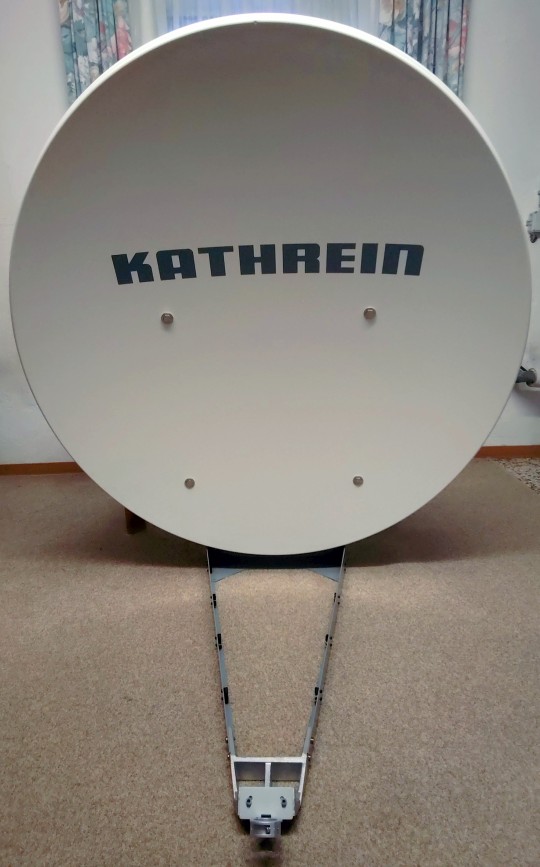
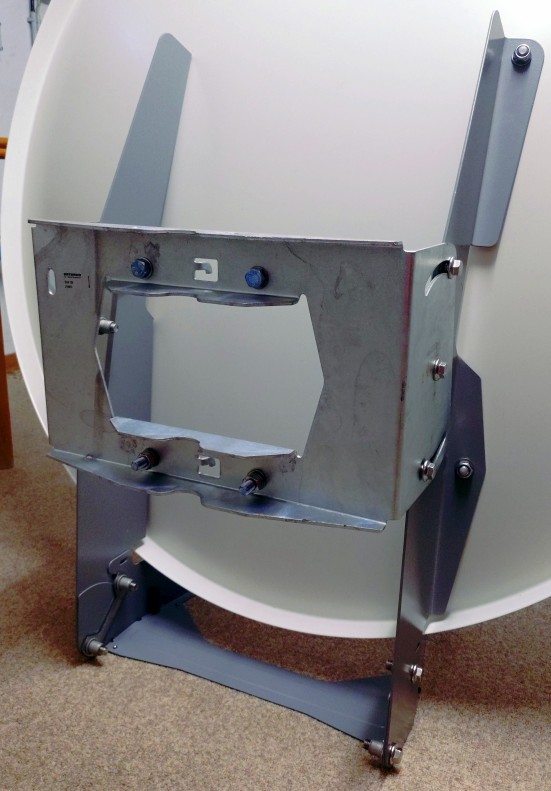
Current consumption @24V: 500 mA
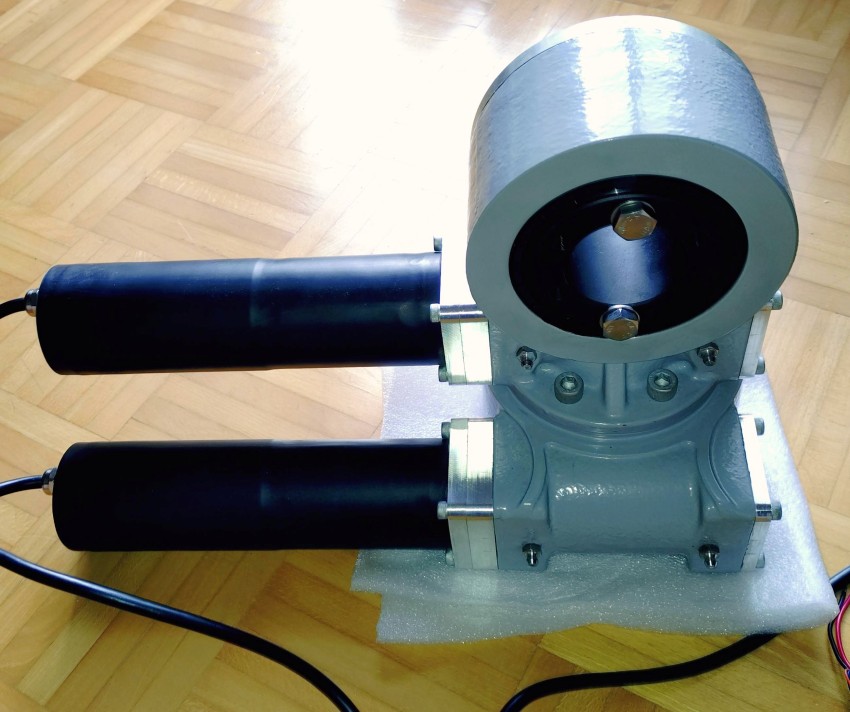
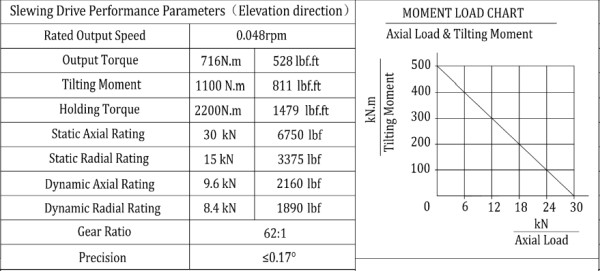
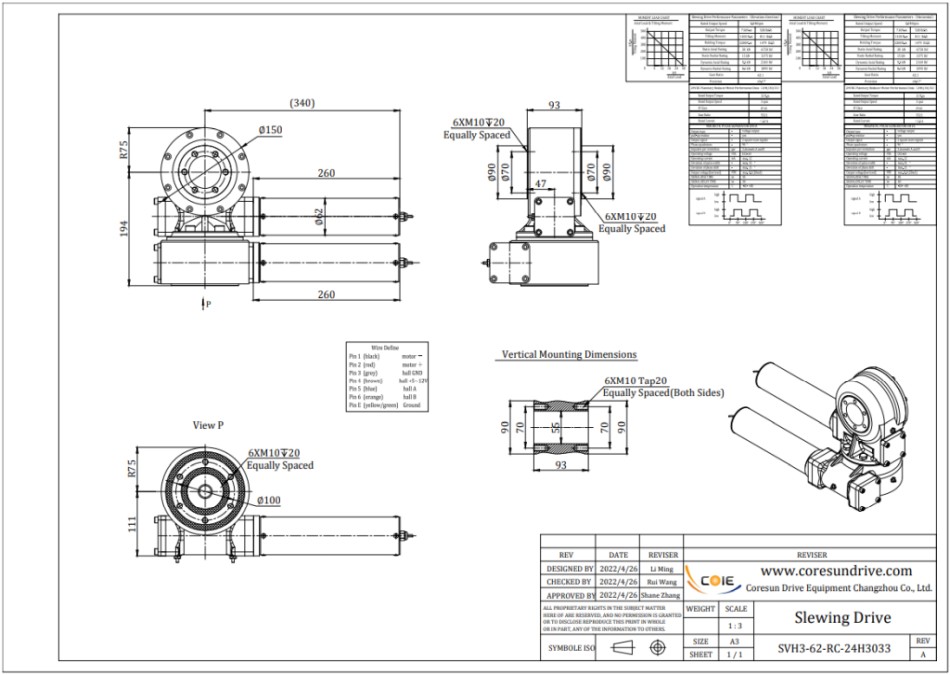
2. Concrete foundation and pillar
The size of the foundation is around 0.45 x 0.45 x 0.6 m. For this I needed ~250 kg ready-mixed concrete and 4x M18 J-screws.
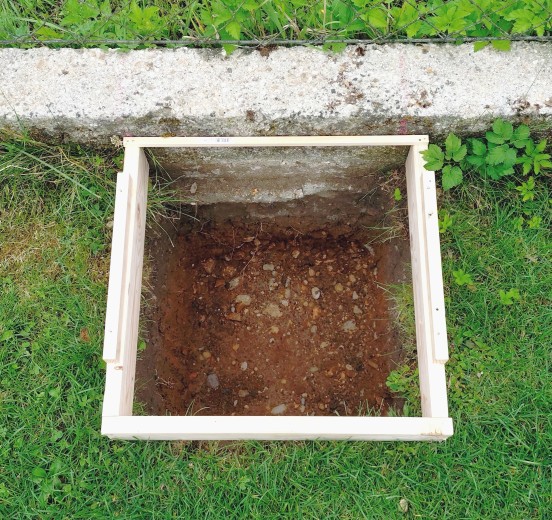
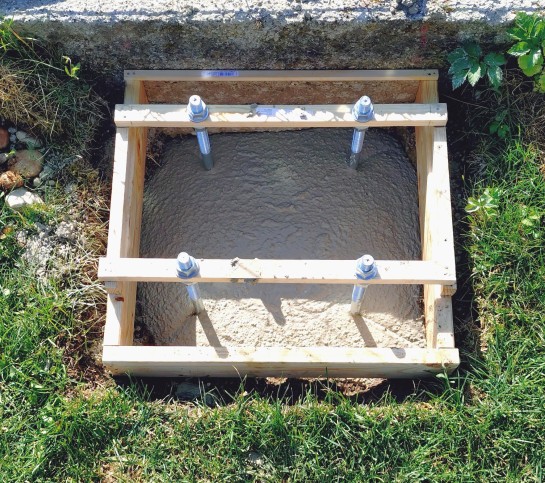
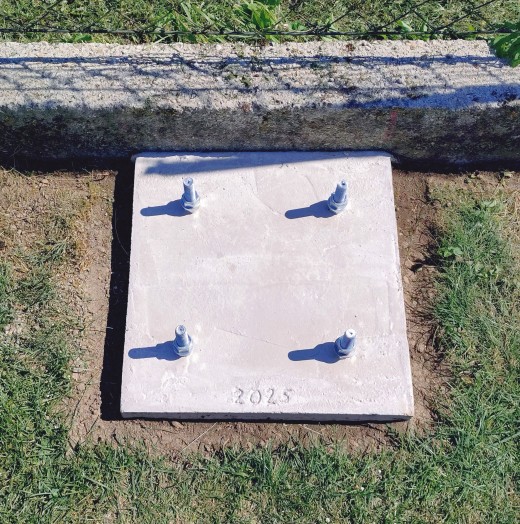
3. EA3HMJ dish rotor controller
At higher frequencies (>24 GHz) and/or bigger dishes the half-power-beam width is around or smaller than sun/moon diameter (0.5°).
Power supply and current consumption: 12V or 24V, ~100 mA (only board without motor consumption)
Azimuth/elevation accuracy: <0.03°
See here https://github.com/EA3HMJ-Tracking-Software-Suite
![]()
![]()
BRT38-R0M32768-RT1 absolut-encoder with 15 bit or the waterproof 16 bit version.
See here https://briterencoder.com/
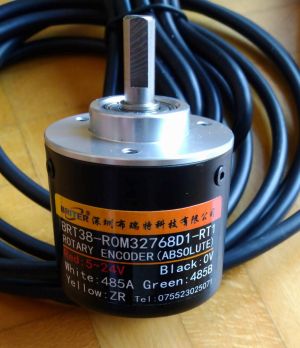
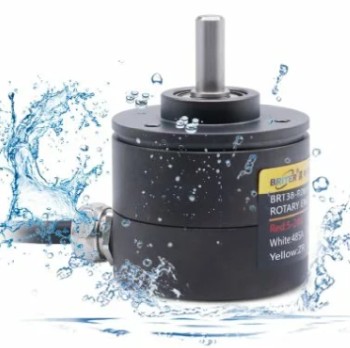
SOLAR-360-2-RS485M - inclinometer sensor from level developments.
See here https://www.leveldevelopments.com/

![]()
4. High-performance axial-corrugated feed
I have simulated this feed for highest G/T. A feed design for f/D = 0.71 in my dish with f/D = 0.65 gives the best result, more than 81% efficiency.
See here high-performance axial corrugated feed horn
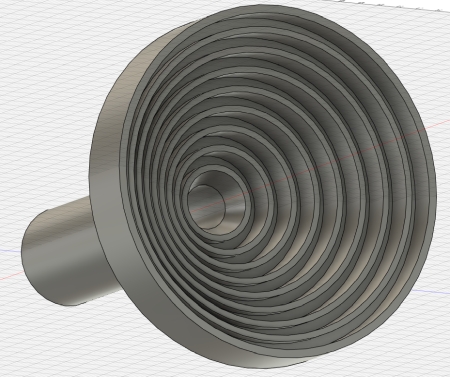
5. Waveguide switch
6. Transverter
The transverter is the new 76 GHz generation unit developed by Kuhne Electronics. Thanks to Michael DB6NT and his team for this slim, high performance and state of the art transverter.
Measured Tx power : 320 mW
Measured Noise figure : 6.3 dB
Current consumption on receive @ 12V DC: 250 mA
Current consumption on transmit @ 12V DC: 830 mA
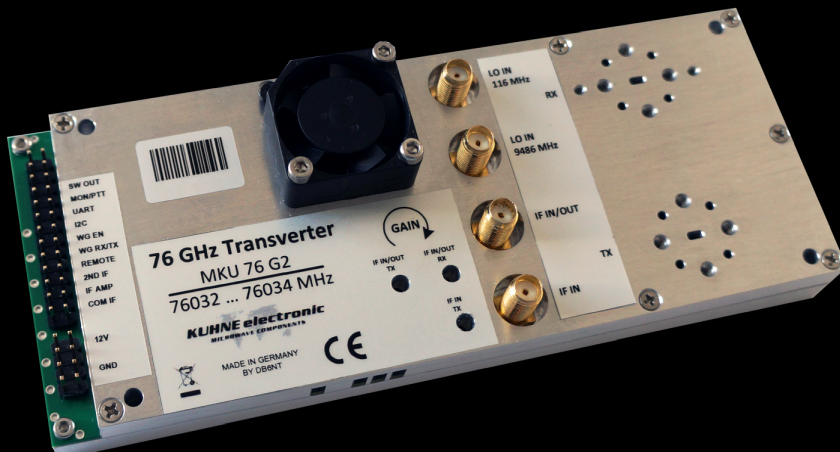
7. PLL with 9486 MHz output
The best solution is a Herley/CTI PDRO-9371-1 phase locked dielectric resonator oscillator. This module has a reference input and standard output is at 9500 MHz.
A multiple input frequency gives us an output around 9500 MHz. It is possible to retune the output to 9486 MHz, input is then e.g. 94.86 MHz.
Reference input level should be around 0 dBm and RF out is max 15 dBm (31 mW).
Current consumption @ 12V DC: 180 mA
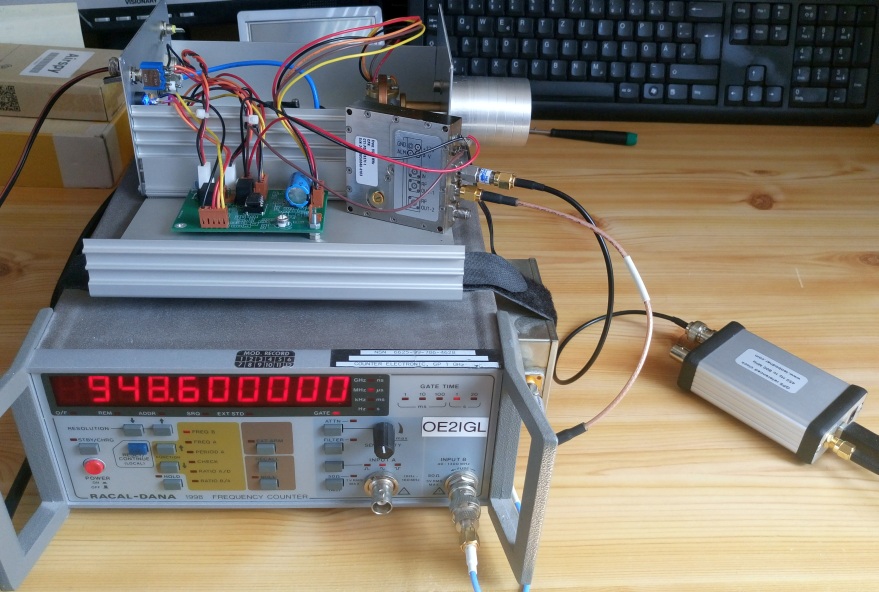
8. GPS disciplined reference oscillator set to 94.86 MHz output
Here I use a nice unit by Leo Bodnar.
It has 2 separate outputs (3.3V CMOS level) from 450 Hz to 800 MHz and it uses GPS reveiver for very stable output frequency.
Output power up to 13.7 dBm
Current consumption @ 12V DC: 190 mA
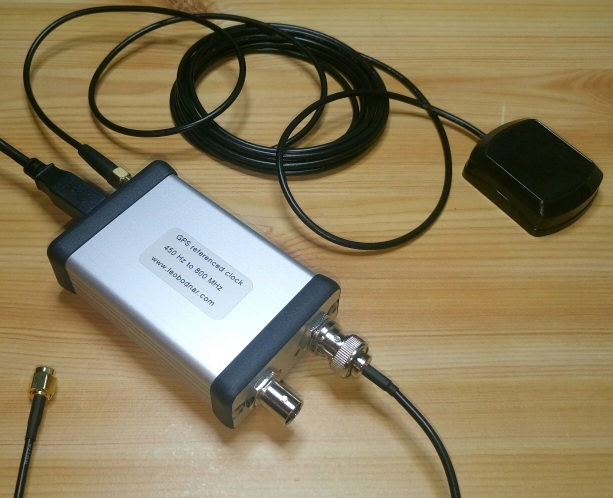
9. Preamplifier for 76 GHz
10. Power amplifier for 76 GHz
11. IF receiver/transmitter
Therefore I use my modified IC-705 to switch the transverter into TxOut mode.
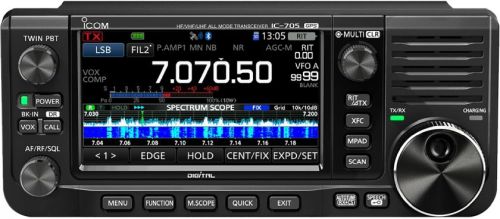
12. Power supply
It is a waterproof Rittal cabinet (300 x 300 mm) for 12, 24, 48 V and the rotor controller board that is mounted on the pillar.
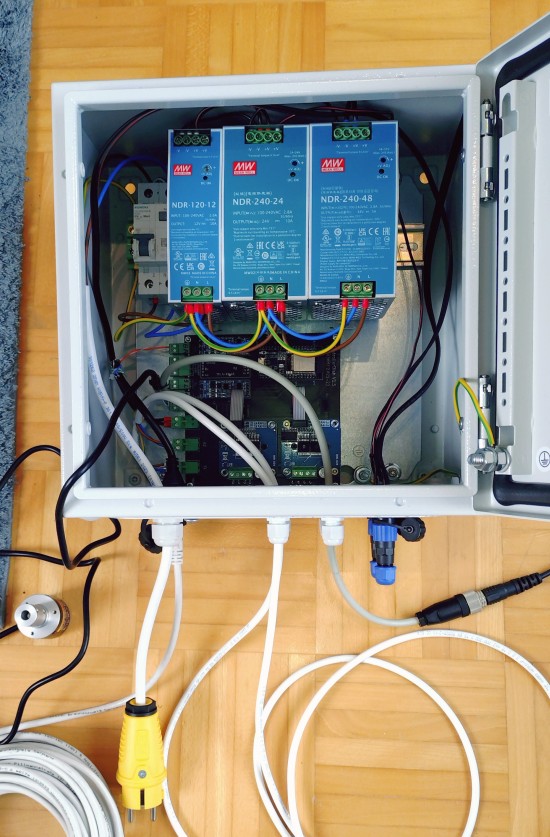
13. Software
WSJT-X
WSJT-X, developed by Nobel prize winner in physics Joe Taylor K1JT, is an excellent software for weak signal reception.
Mode Q65 is used for 76 GHZ EME and WXJT-X can control my receiver too.
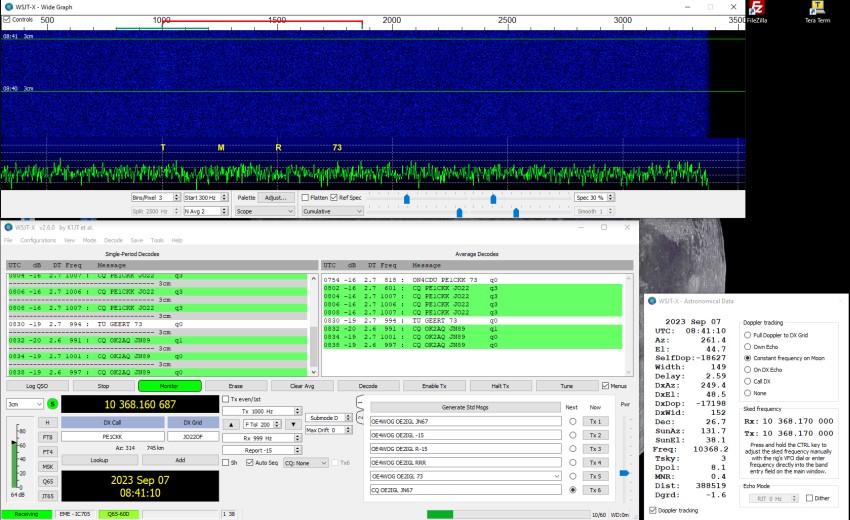
14. IF-SDR board
IF-SDR board, developed by Ivan IZ0JNY, is a board to split RX IF signal into 2 signals.
One for the tranceiver and one for a SDR to measure moon noise in parallel. Tx signal from tranceiver is blocked to the SDR by >50 dB.
I use SpectraVue and the FUNcube Dongle Pro+ to measure moon/sun noise.
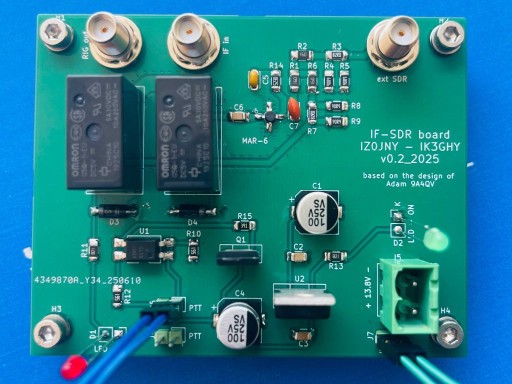
15. Test results